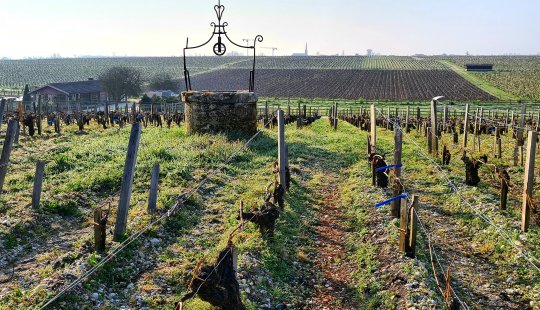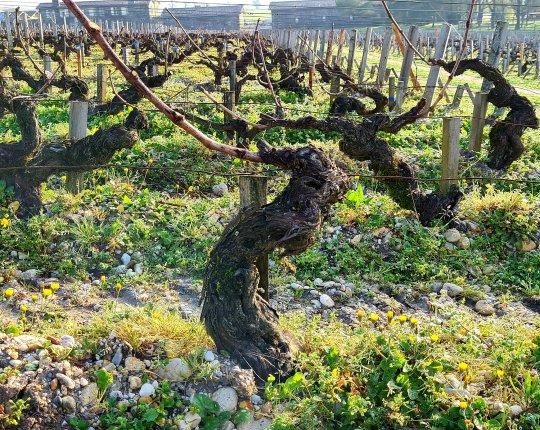Are the rows correctly aligned?
The correct alignment of rows indicates easier maintenance. A closer look at the layout of older vineyards, it is not uncommon to find unaligned rows or incomplete sections in the middle, all indicators of poor set-up. Similarly, older vines tend to be more spread out, crooked, and therefore increasingly difficult to maintain in a qualitative manner.



